


DEXA Speaks Louder
than Scales
A DEXA (dual-energy X-ray absorptiometry) scan is a painless, non-invasive test that measures bone density. It uses low-dose X-rays to create images of the bones in your spine and hips.
DEXA Bone Density Speaks Louder than Scales
A DEXA (dual-energy X-ray absorptiometry) scan is a painless, non-invasive test that measures bone density.
It uses low-dose X-rays to create images of the bones in your spine and hips.
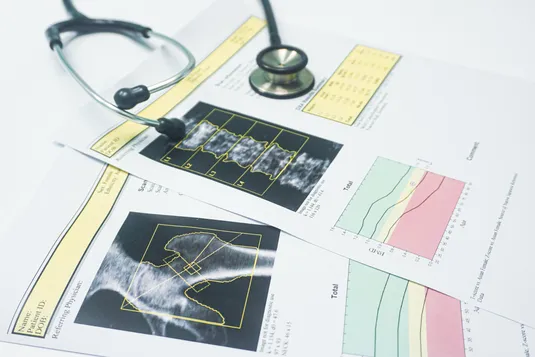
More about this test:
What is tested?
Your results will be in the form of T and Z scores,. A T score below -2.5 indicates osteoporosis. A Z score that's unusually high or low may indicate a need for further test.
Who is this for?
Diagnosing osteoporosis or bone thinningMonitoring treatment for osteoporosis and other conditions that cause bone lossAssessing your risk of bone fractures
How is the test performed?
You lie on a table while a low-dose X-ray beam passes through your bodyThe scan usually takes 10 to 30 minutesYou'll receive your results in a few day.
How do I prepare for this test?
Before taking this test, we recommend you discuss with your physician first. Fasting for four hours prior to scan is recommended, but not required. Wear comfortable clothes, such as gym attire. Do not wear any items with metal or hard plastic, such as buttons or zippers and inform the technician if you have metal in your body.
More about this test:
What is tested?
The DEXA Scan uses dual x-ray technology to provide comprehensive, precise measurements of total body fat percentage, along with segmental body fat distribution in regions such as arms, legs, android (waist), gynoid (hips), and visceral fat.**Individual location results may vary. Diagnosing osteoporosis or bone thinning. Monitoring treatment for osteoporosis and other conditions that cause bone loss. Assessing your risk of bone fractures.
Who is this for?
Women who are 65 or olderWomen who are 50 to 64 and have certain risk factorsPeople with certain conditions that cause bone loss, such as arthritis, diabetes, or multiple sclerosis
How is the test performed?
You lie on a table while a low-dose X-ray beam passes through your bodyThe scan usually takes 10 to 30 minutesYou'll receive your results in a few days.
How do I prepare for this test?
Before taking this test, we recommend you discuss with your physician first. Fasting for four hours prior to scan is recommended, but not required. Wear comfortable clothes, such as gym attire. Do not wear any items with metal or hard plastic, such as buttons or zippers and inform the technician if you have metal in your body.
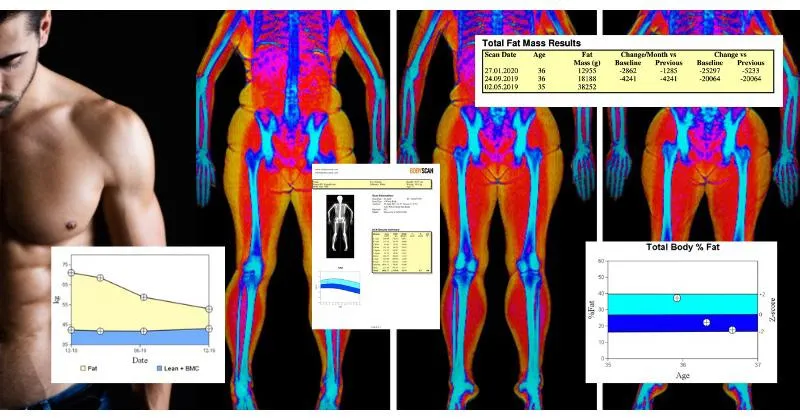
The Gold Standard of Body Composition Analysis
Toss aside the calipers, skip the estimates, and forget the tape measure.
Boost Your Energy and Stamina Targeted training based on your VO2 Max strengthens your cardiovascular system, improves blood flow, optimizes metabolism, and increases muscle efficiency.
Train Without Overexertion Overtraining is counterproductive and can lead to injuries, prolonged recovery, and weakened immunity. Stay in your optimal training zone for safe and effective progress.
Support Long-Term Health VO2 Max is one of the most accurate indicators of longevity and overall health, even surpassing metrics like cholesterol and blood pressure. A low VO2 Max may signal fatigue and heightened disease risks.
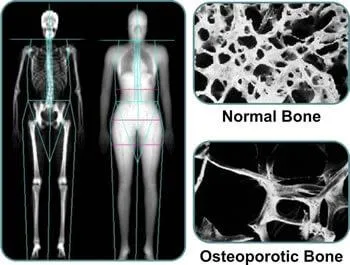
The Gold Standard of Body Composition Analysis
Toss aside the calipers, skip the estimates, and forget the tape measure.
Boost Your Energy and Stamina Targeted training based on your VO2 Max strengthens your cardiovascular system, improves blood flow, optimizes metabolism, and increases muscle efficiency.
Train Without Overexertion Overtraining is counterproductive and can lead to injuries, prolonged recovery, and weakened immunity. Stay in your optimal training zone for safe and effective progress.
Support Long-Term Health VO2 Max is one of the most accurate indicators of longevity and overall health, even surpassing metrics like cholesterol and blood pressure. A low VO2 Max may signal fatigue and heightened disease risks.
Get Answers. Not Estimates.
A DEXA scan provides a clearer understanding of your body composition and skeletal health.
For athletes: Optimize your endurance and performance.
For non-athletes: Monitor your cardiovascular fitness and take proactive steps to improve health.
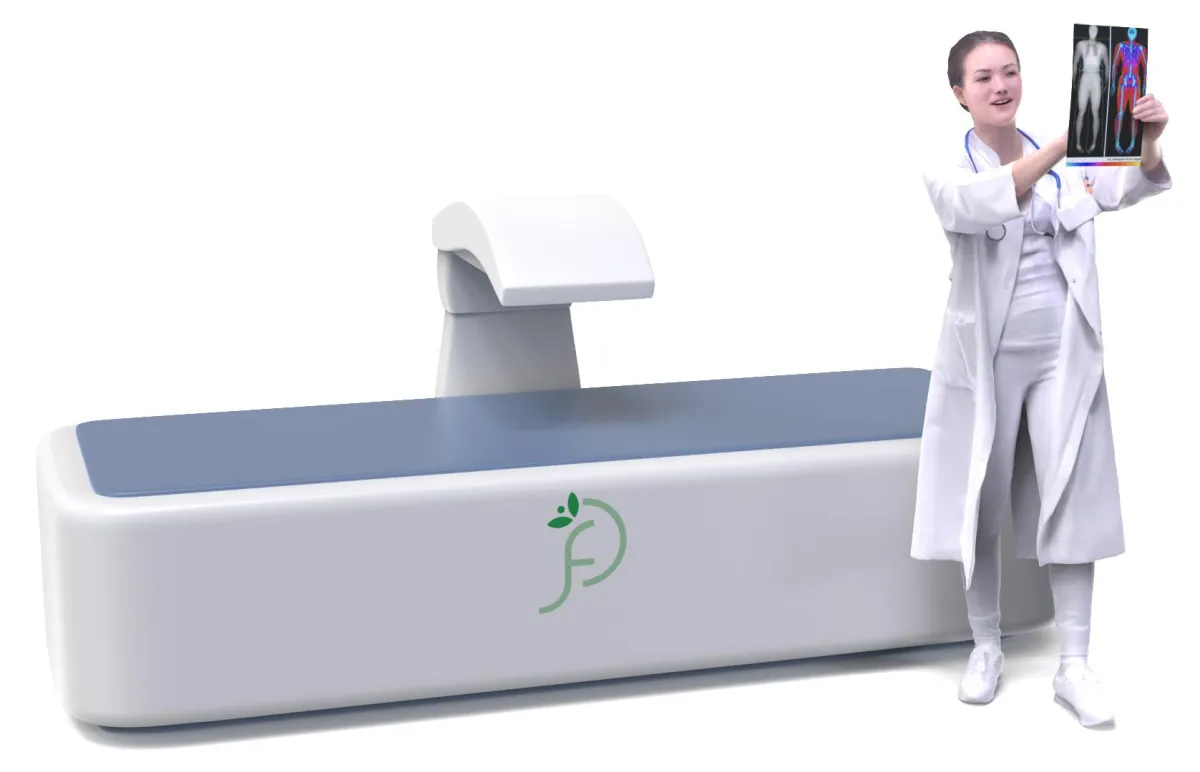
What is VO2 Max?
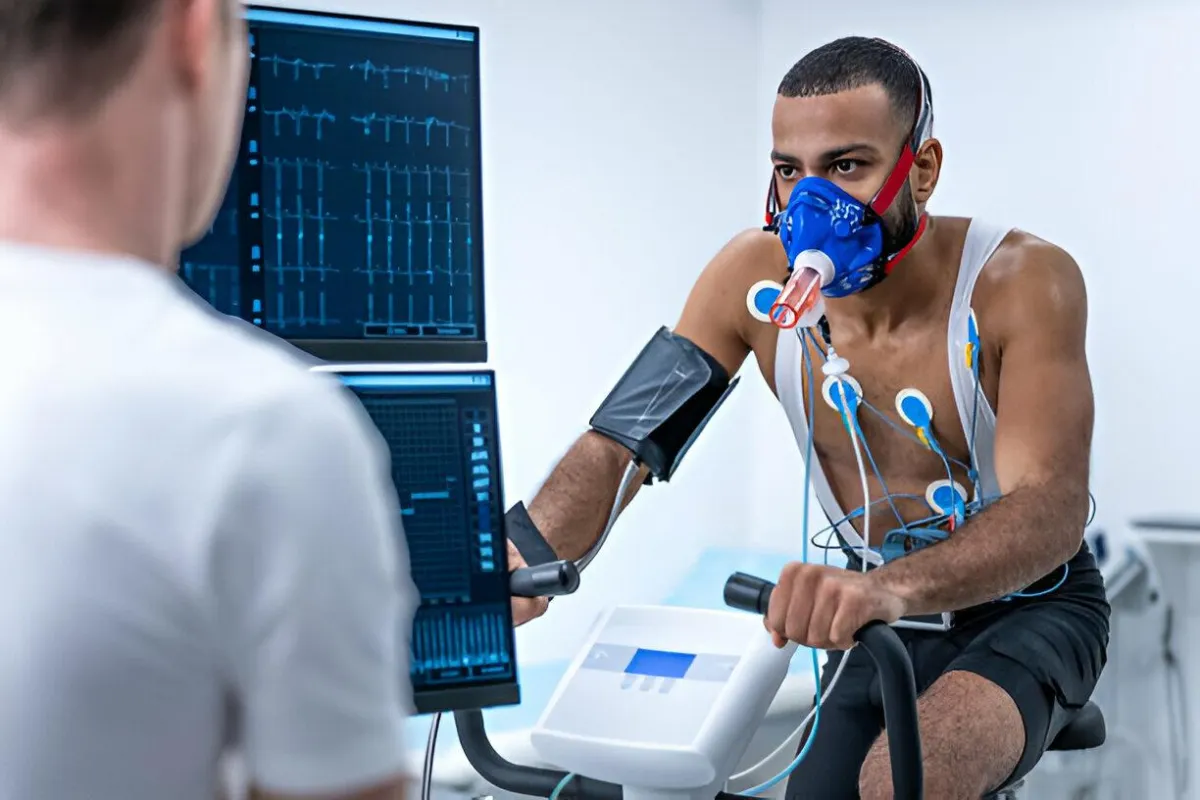
VO2 Max, short for “maximum oxygen uptake,” measures your body’s ability to utilize oxygen during intense activity. It reflects your aerobic capacity and serves as a key indicator of cardiovascular and respiratory fitness. During our test, we measure your VO2 Max using incremental exercise, such as walking or running at increasing intensity, while monitoring your body’s response in real time.
Why is Knowing Your VO2 Max Crucial?
VO2 Max reflects your body’s capacity to sustain activity over time. It’s not just for athletes—anyone can benefit from understanding their aerobic capacity to improve heart health and overall wellness
For athletes: Optimize your endurance and performance.
For non-athletes: Monitor your cardiovascular fitness and take proactive steps to improve health.
Get Answers. Not Estimates.
A DEXA scan provides a clearer understanding of your body composition and skeletal health.
For athletes
: Optimize your endurance and performance.
For non-athletes
: Monitor your cardiovascular fitness and take proactive steps to improve health.
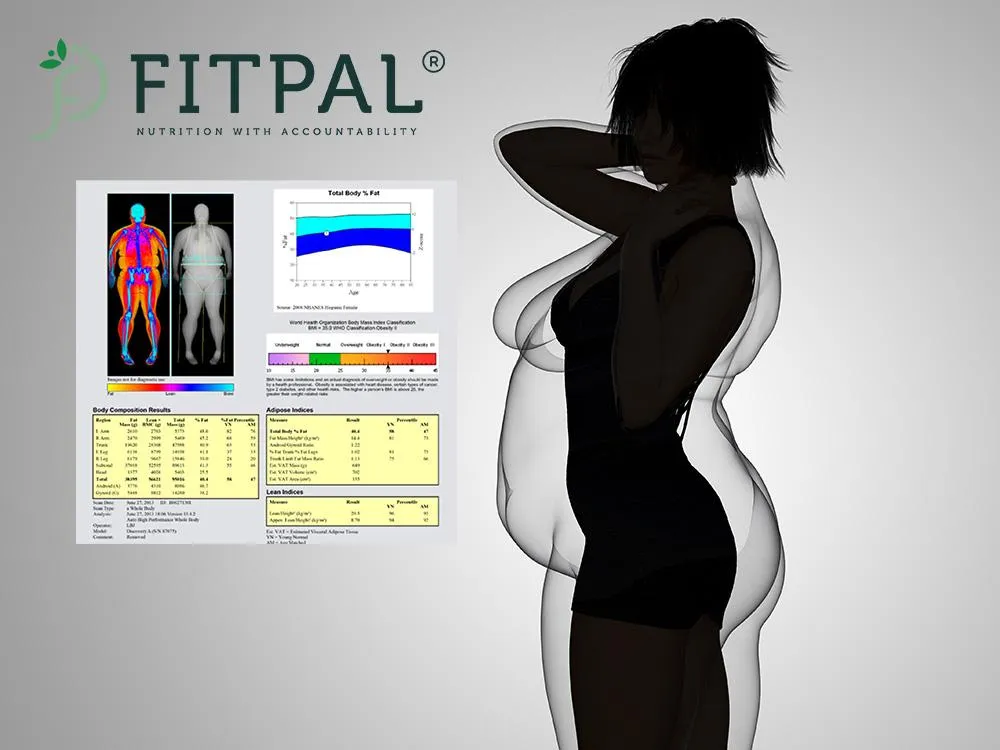
Why DEXA?
Common alternative methods, such as BMI, Bioimpedance, Bod Pod, and hydrostatic weighing, are often used incorrectly as a surrogate for body composition health. But they can be dangerously misleading.
For example, if you have a BMI of 25 kg/m2, you may have a body fat percentage anywhere from 10-35 percent. If you use other alternative methods, you may see a margin of error range from 5 to 15%.
Whereas as a DEXA scan’s accuracy and precision ranges from a 1 to 2 percent margin of error, it also provides additional information that BMI and alternative testing methods cannot, including:
Visceral Adipose Tissue (VAT), which is leading predictor of longevity, metabolic syndrome, and cardiovascular disease
Skeletal strength, your risk for osteoporosis, and how you compare to others like you
Muscle symmetry to identify how your lean, fat, and bone mass compares in each region of your body
“Skinny fat” and sarcopenia risks, which has been found to be an important predictor of cognitive performance
How to get started
Find a Dexa provider near you to learn how to get started with Dexa. The scan itself takes 7-12 minutes, and your results are not an estimate.
You can read about how to prepare for your DEXA Scan
here
, or find the location near you by clicking the button below.
Why DEXA?
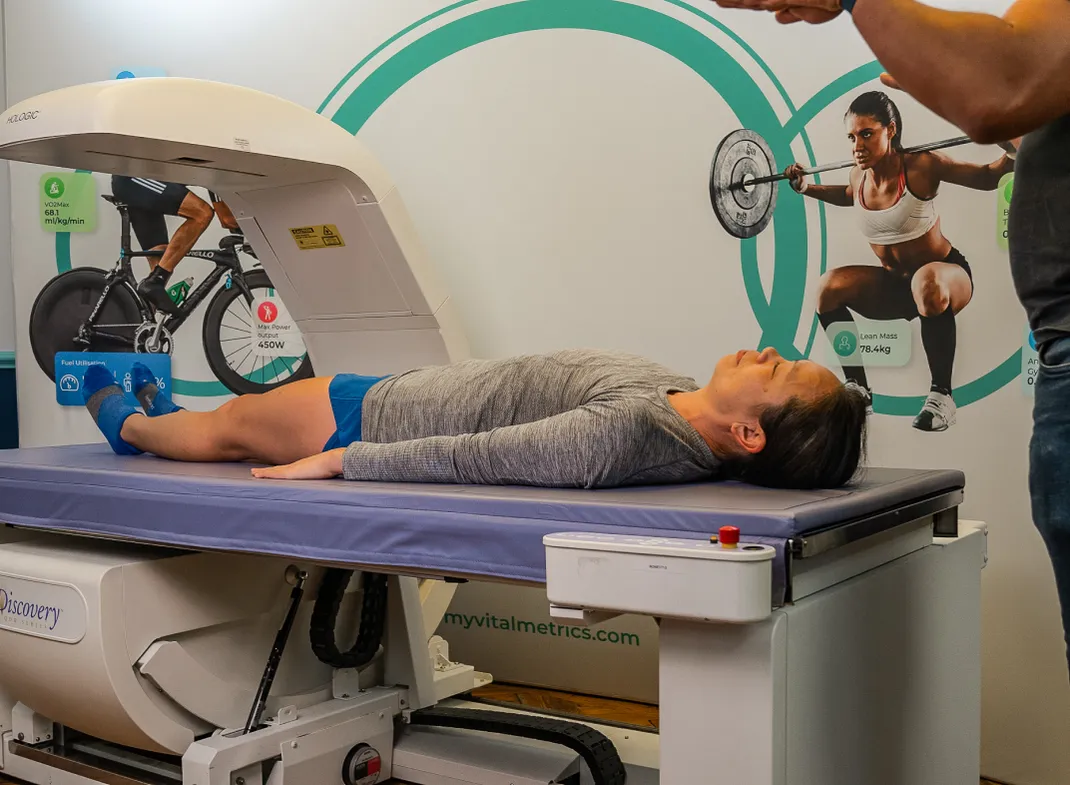
Common alternative methods, such as BMI, Bioimpedance, Bod Pod, and hydrostatic weighing, are often used incorrectly as a surrogate for body composition health. But they can be dangerously misleading.
Whereas as a DEXA scan’s accuracy and precision ranges from a 1 to 2 percent margin of error , it also provides additional information that BMI and alternative testing methods cannot, including:
Visceral Adipose Tissue (VAT), which is leading predictor of longevity, metabolic syndrome, and cardiovascular disease
Skeletal strength, your risk for osteoporosis, and how you compare to others like you
Muscle symmetry to identify how your lean, fat, and bone mass compares in each region of your body
“Skinny fat” and sarcopenia risks, which has been found to be an important predictor of cognitive performance
FAQ's
What are the pre-test protocols?
Do not wear any items with metal or hard plastic, such as buttons or zippers. Inform the technician if you have metal in your body
Do not take calcium supplements for 24 hours prior to testing.
Best practice is to perform a four-hour fast prior to testing, but this is not required. You should arrive hydrated.
Refrain from this test if you believe you may be pregnant.
Attire: Wear comfortable clothes, such as gym attire.
Who can get a DEXA Scan?
A DEXA Scan is a safe method of measuring body fat composition, however, there are a few people that should not participate.
Individuals who are or might be pregnant should not get a DEXA Scan because there is a small amount of radiation involved in
the test. Individuals with significant metal implants (spinal hardware, etc.) should be advised results will be affected. This will not affect
replicability.
Before taking this test, you must discuss with your physician.
What happens during a DEXA Scan?
You will arrive to the test center 15 minutes prior to your appointment having followed the proper pre-test protocols. Upon arrival, the center will provide any necessary paperwork and bring you back to their space where the Scan will be conducted. After removing all metal (jewelry, zippers, etc.), you will lie down on the Scanner and a licensed technician will help position your body to get the best image. The Scanner’s arm will move up and down your body for about 10-15 minutes until a complete image has been captured.* *Individual location process may vary
Are there any risks?
DEXA scans do subject you to small amounts of radiation. A whole-body scan produces a level of radiation equivalent to flying by airplane from New York to California. Individuals who are or might be pregnant should not get a DEXA Scan.
FAQ's
What are the pre-test protocols?
Do not exercise for 24 hours prior to your appointment.
Ensure you are properly hydrated before the test.
Do not eat a heavy meal for 2-3 hours prior to the test.
Wear clothing and shoes you would normally exercise in.
Who can get a DEXA Scan?
A DEXA Scan is a safe method of measuring body fat composition, however, there are a few people that should not participate. Individuals who are or might be pregnant should not get a DEXA Scan because there is a small amount of radiation involved in the test. Individuals with significant metal implants (spinal hardware, etc.) should be advised results will be affected. This will not affect replicability. Before taking this test, you must discuss with your physician.
What happens during a DEXA Scan?
You will arrive to the test center 15 minutes prior to your appointment having followed the proper pre-test protocols. Upon arrival, the center will provide any necessary paperwork and bring you back to their space where the Scan will be conducted. After removing all metal (jewelry, zippers, etc.), you will lie down on the Scanner and a licensed technician will help position your body to get the best image. The Scanner’s arm will move up and down your body for about 10-15 minutes until a complete image has been captured.* *Individual location process may var
Are there any risks?
DEXA scans do subject you to small amounts of radiation. A whole-body scan produces a level of radiation equivalent to flying by airplane from New York to California. Individuals who are or might be pregnant should not get a DEXA Scan.

